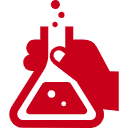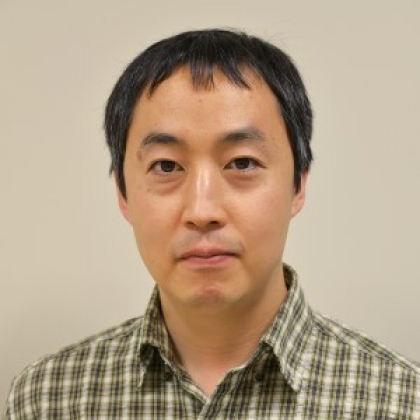Novel Vesicular Stomatitis Virus (VSV) Vector for Regenerative Medicine (No. 0202)
|
|
|
<< Back to all technologies |
Summary
A novel VSV vector for regenerative medicine that has less cytopathic effects and improved replication stability.
The global regenerative medicine market size is currently about USD 13.22 billion and is predicted to reach USD 172.17 billion by 2030 with a CAGR of 26.2%. Regenerative medicines are used to regenerate, repair, replace or restore tissues and organs damaged by diseases or due to natural ageing. These medicines help in the restoration of normal cell functions and are widely used to treat various degenerative disorders such as cardiovascular disorders or orthopedic disorders. Stem cells plays an important role in regenerative medicine as they are capable of proliferating and differentiating into all cell types in an organism. However, current virus vectors used in such stem cells display significant cytopathic effects. Here, we present a promising VSV vector developed by a group of researchers led by Prof. Yohei Yokobayashi. The developed VSV vector significantly reduces cytopathic effects and improves replication stability of the vector in stem cells.
Applications
- Regenerative Medicine
- Research Reagents
Advantages
- No genomic integration
- Replicates with Embryonic Stem Cells (ESC)
- Spontaneous removal after differentiation
Technology
The technology is based on a novel VSV vector having two mutations, one in the noncoding region (3' untranslated region) of the gene encoding the M protein (+a), and another in the coding region of the L protein (mL). These two mutations, only in combination, enable the VSV vector to replicate with low cytopathic effects in mouse embryonic stem cells (ESCs). It was confirmed that the mouse ESCs infected with the novel VSV vector variant express major pluripotency markers and can differentiate into embryoid bodies.
Media Coverage and Presentations
CONTACT FOR MORE INFORMATION
![]() Graham Garner
Graham Garner
Technology Licensing Section
![]() tls@oist.jp
tls@oist.jp
![]() +81(0)98-966-8937
+81(0)98-966-8937







